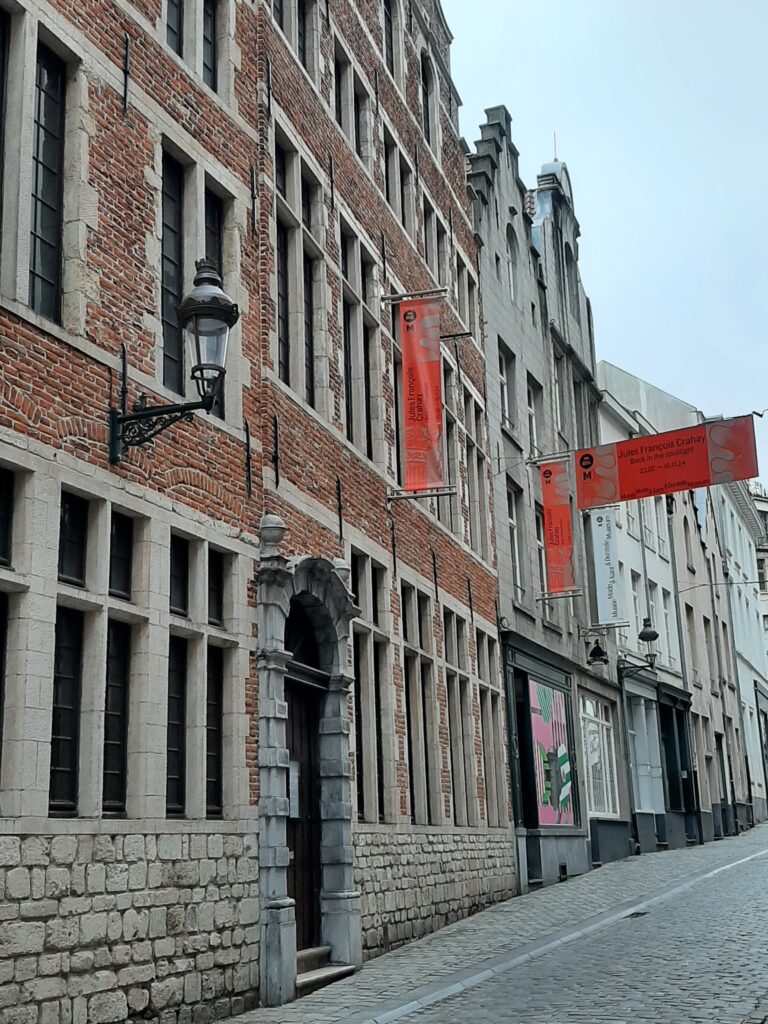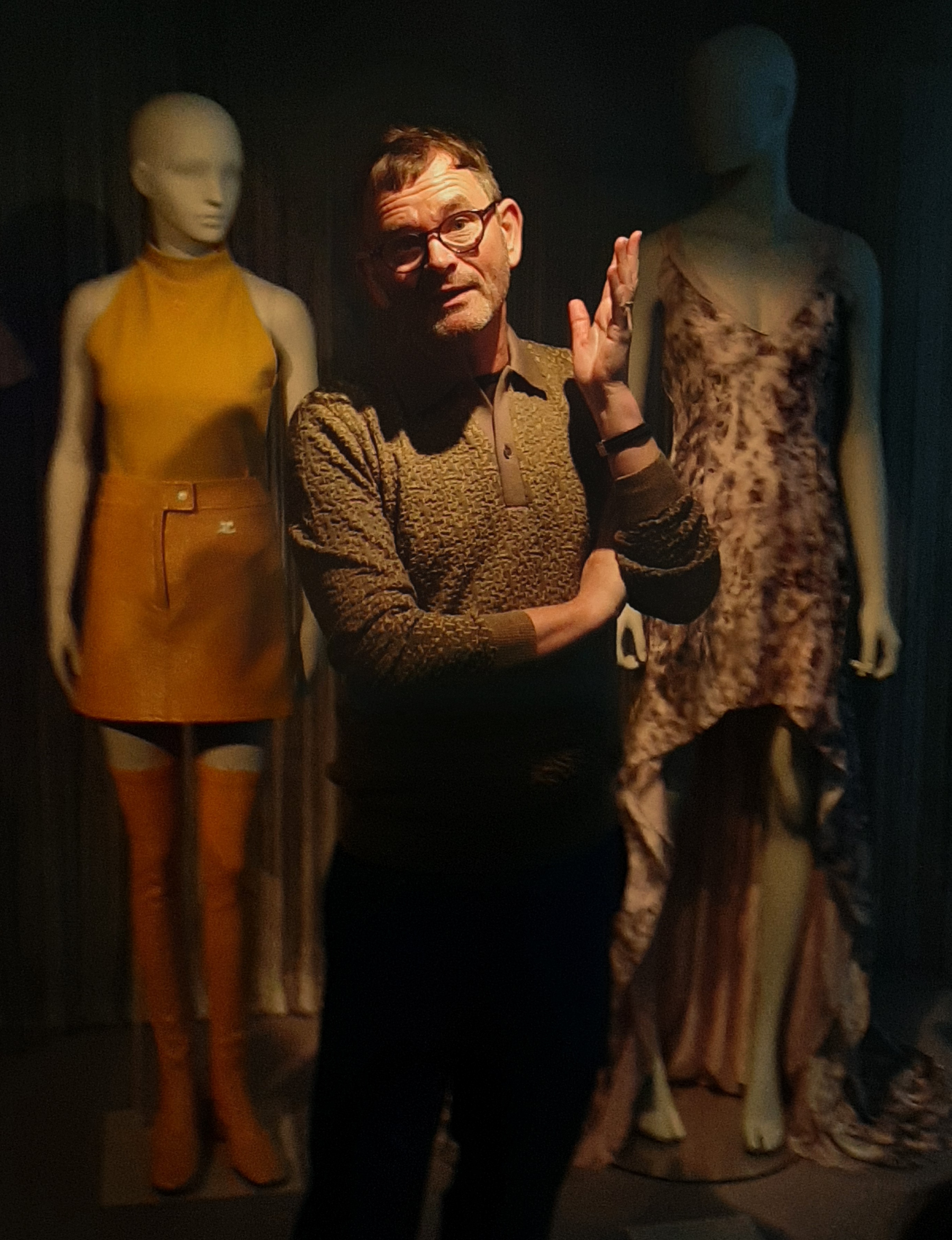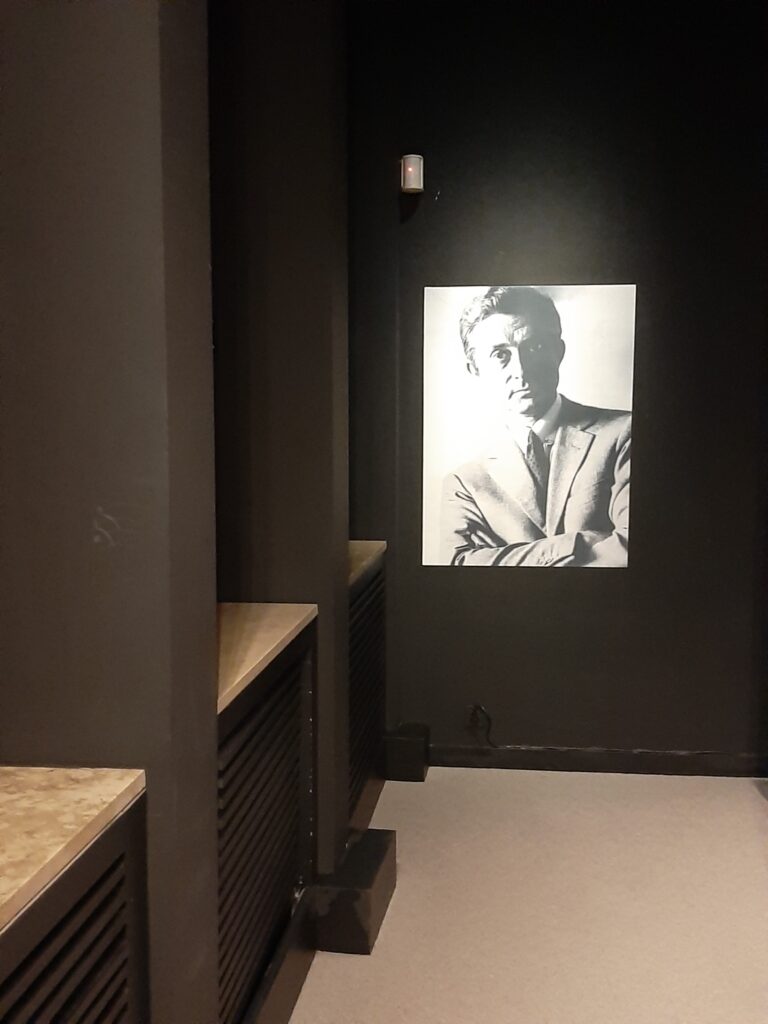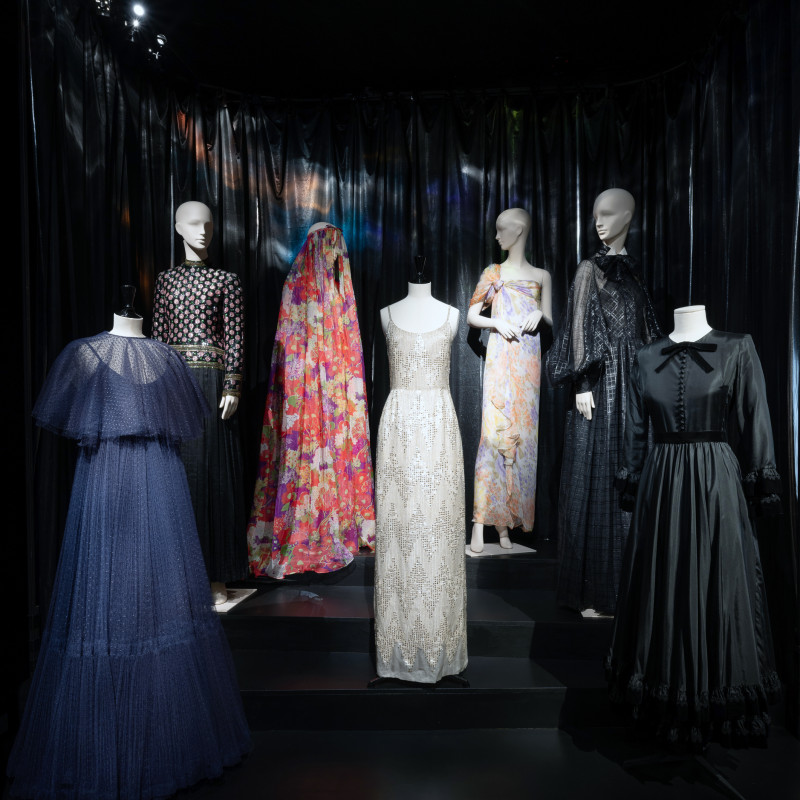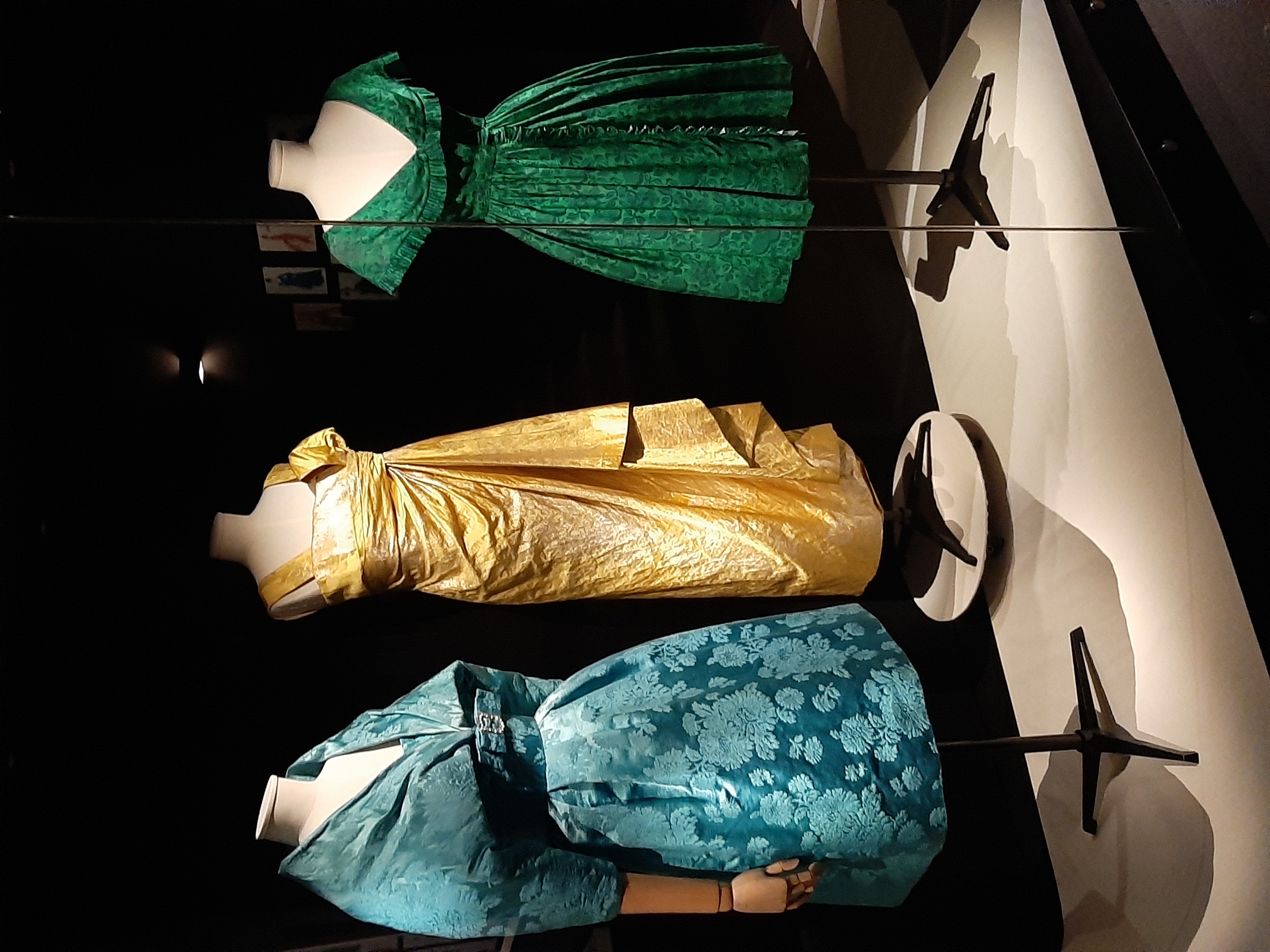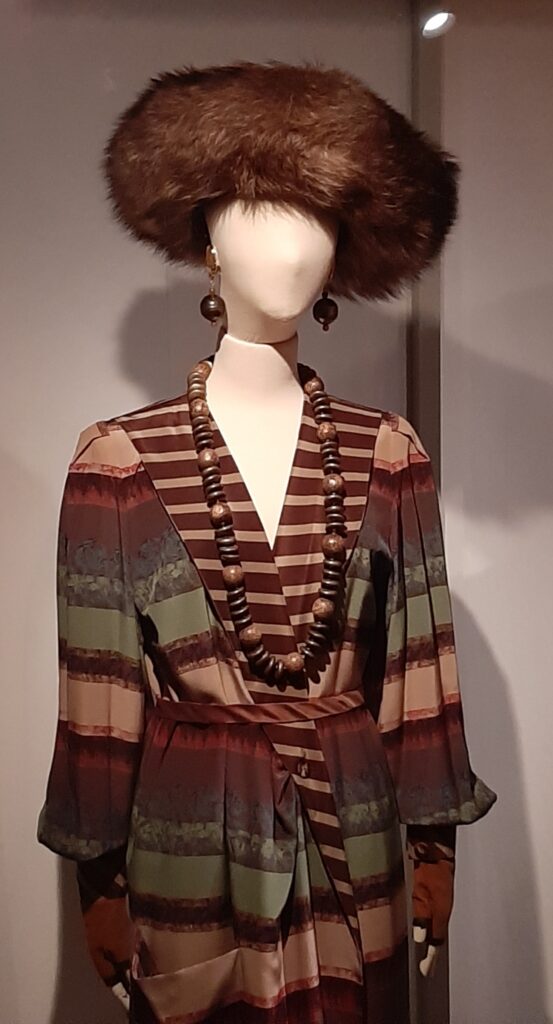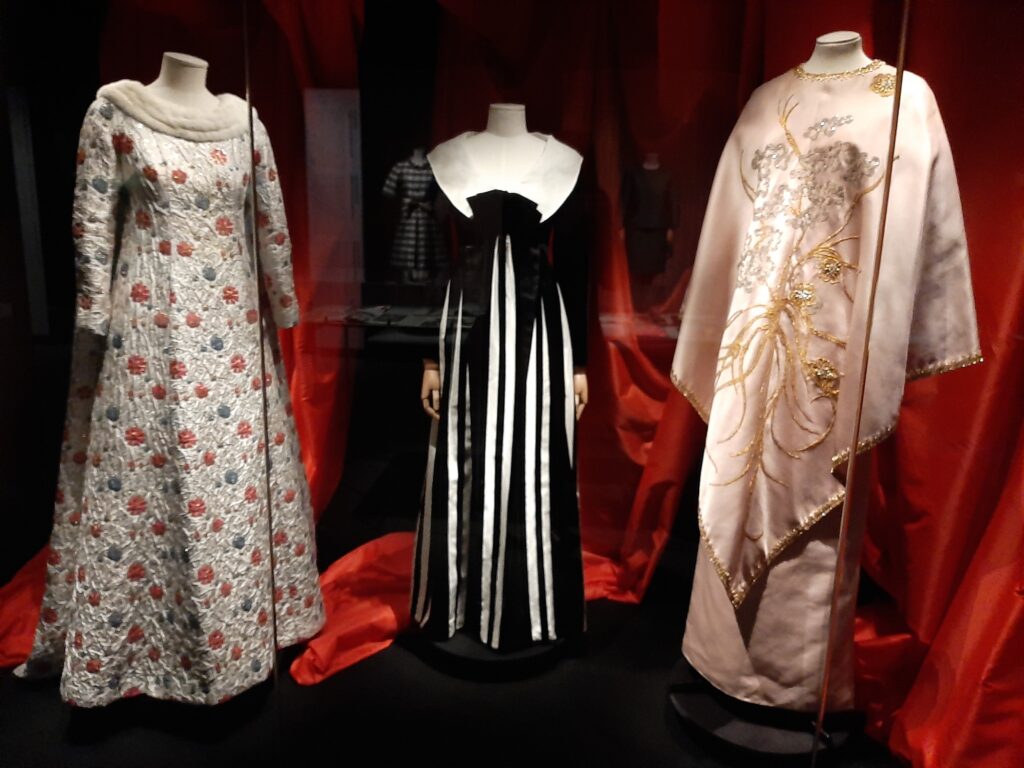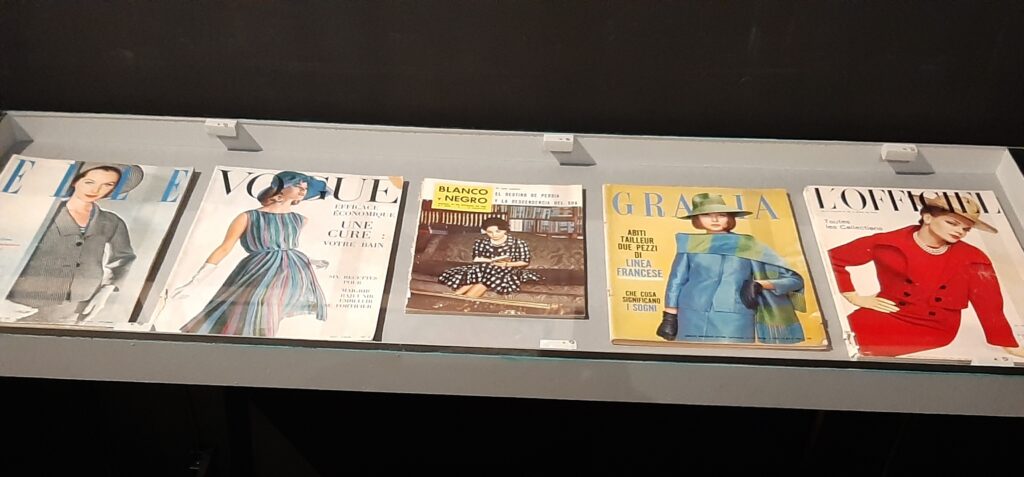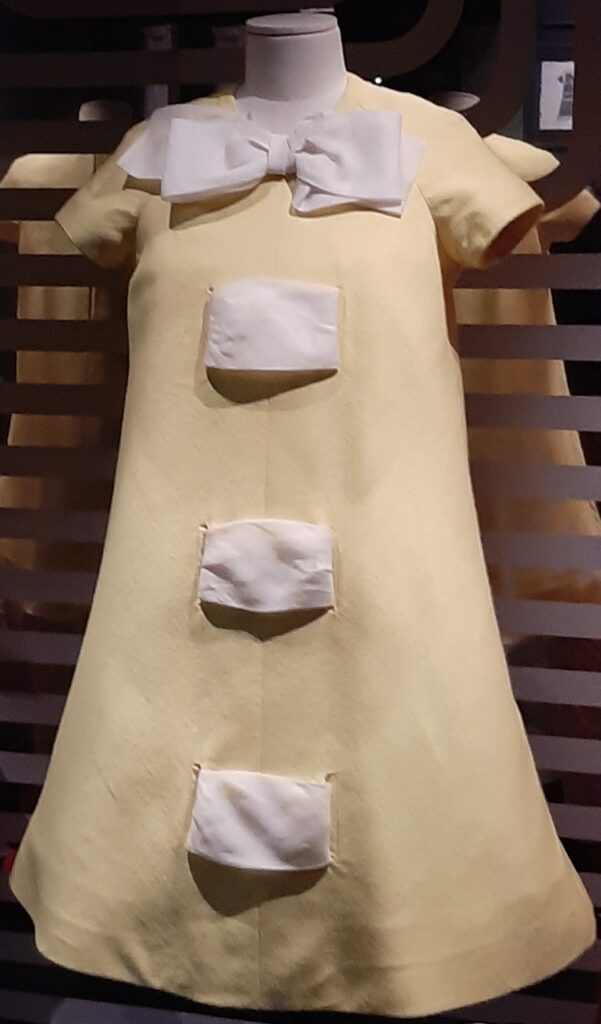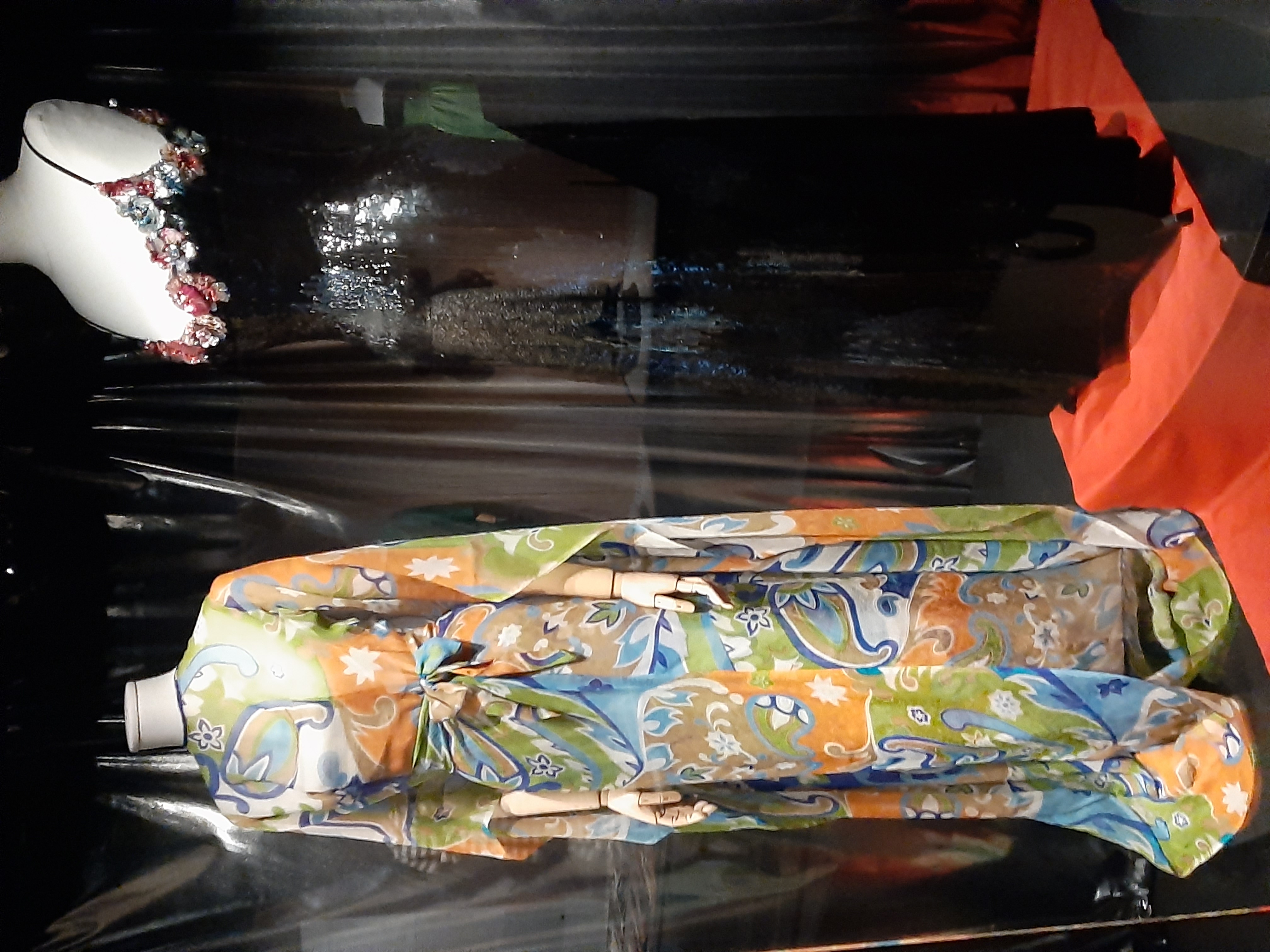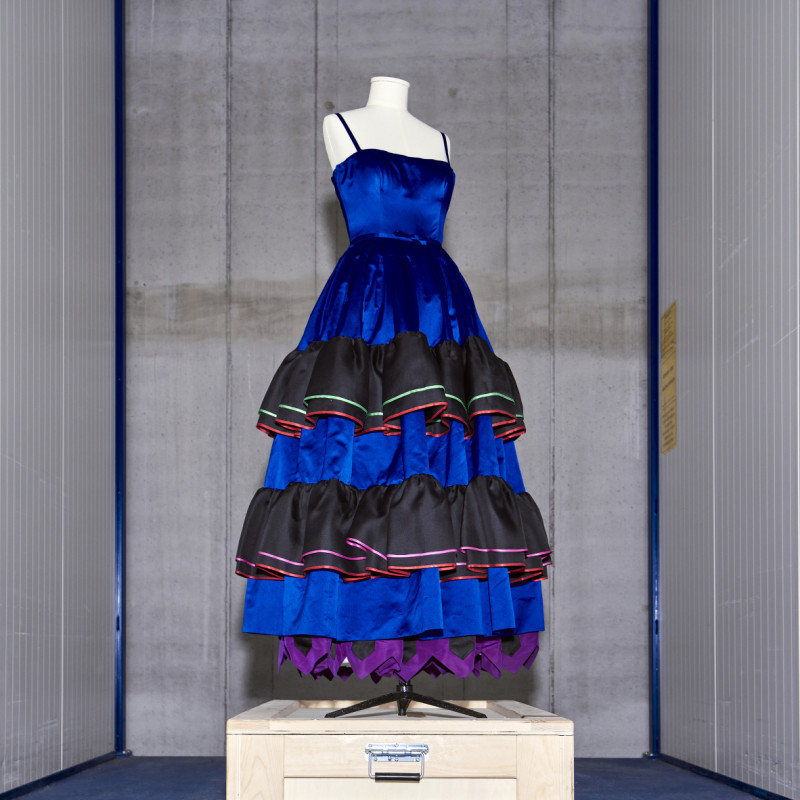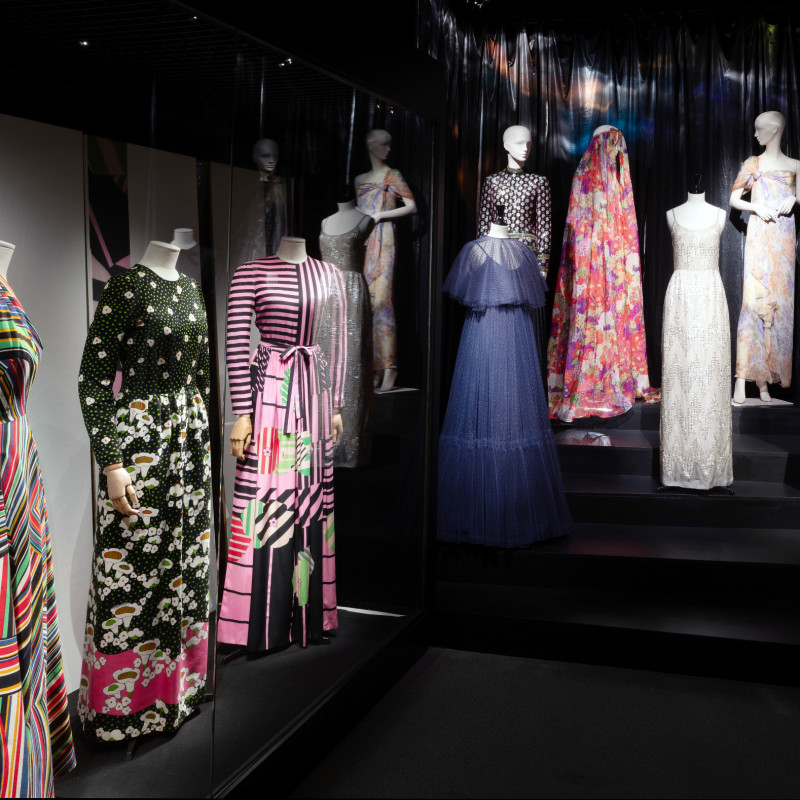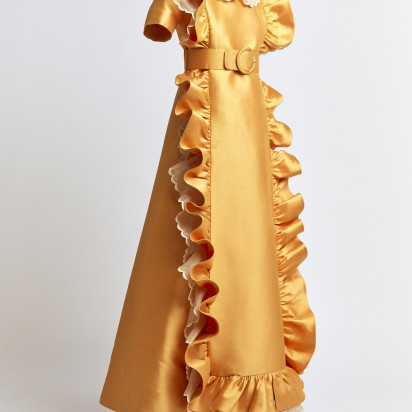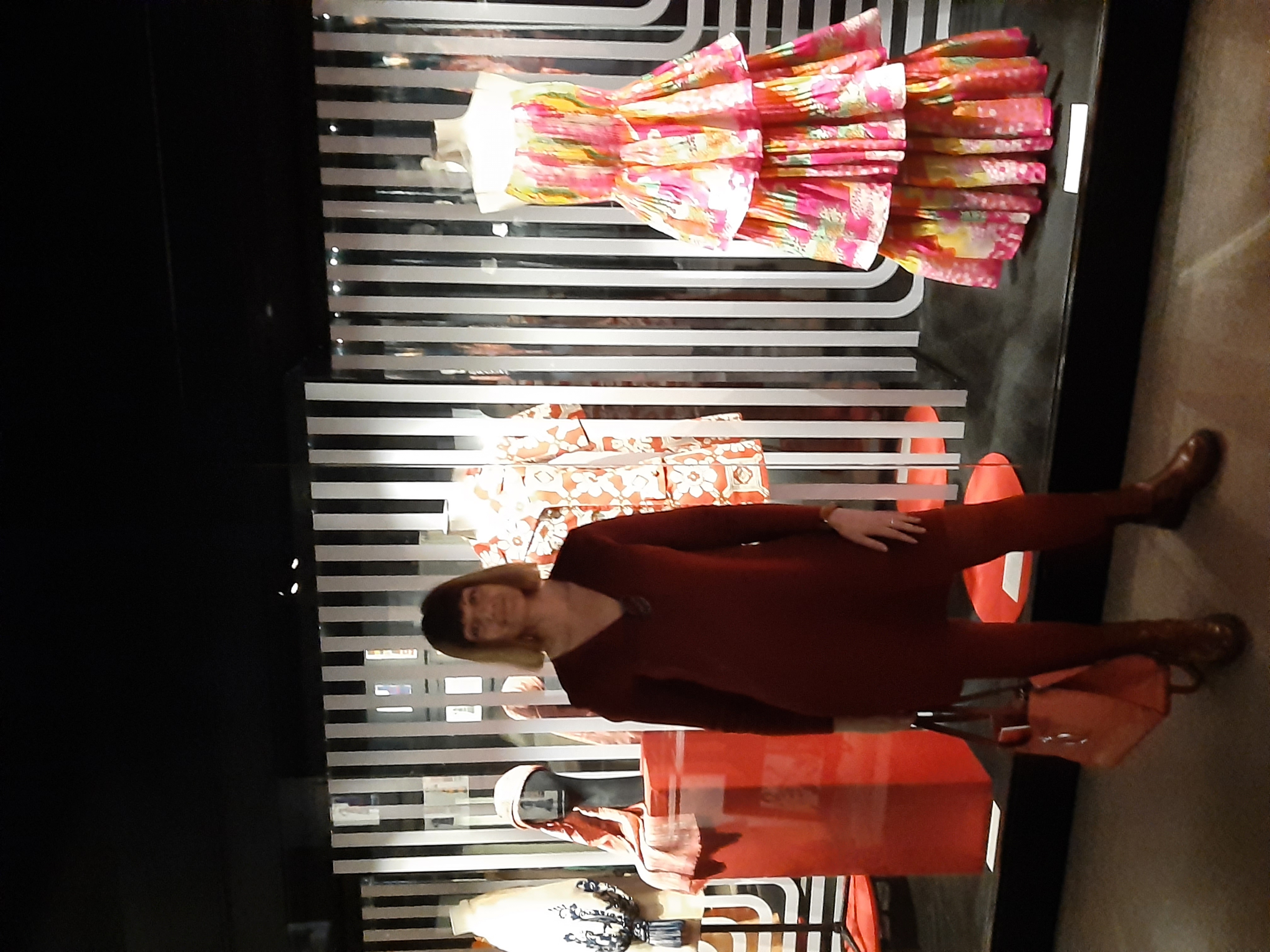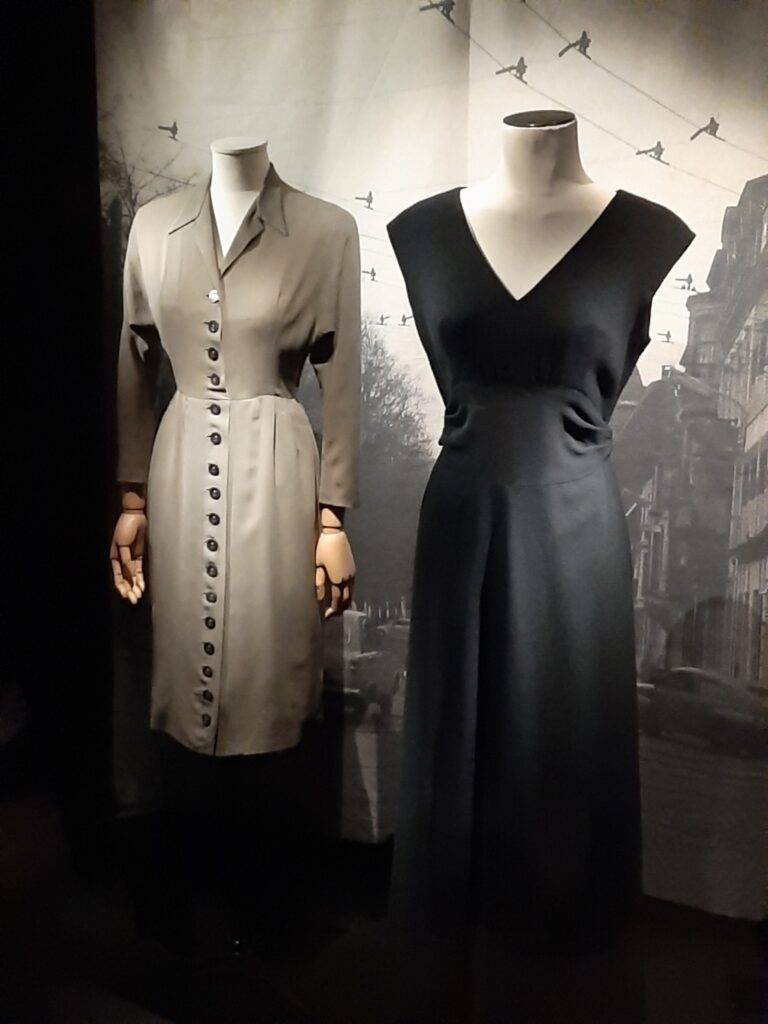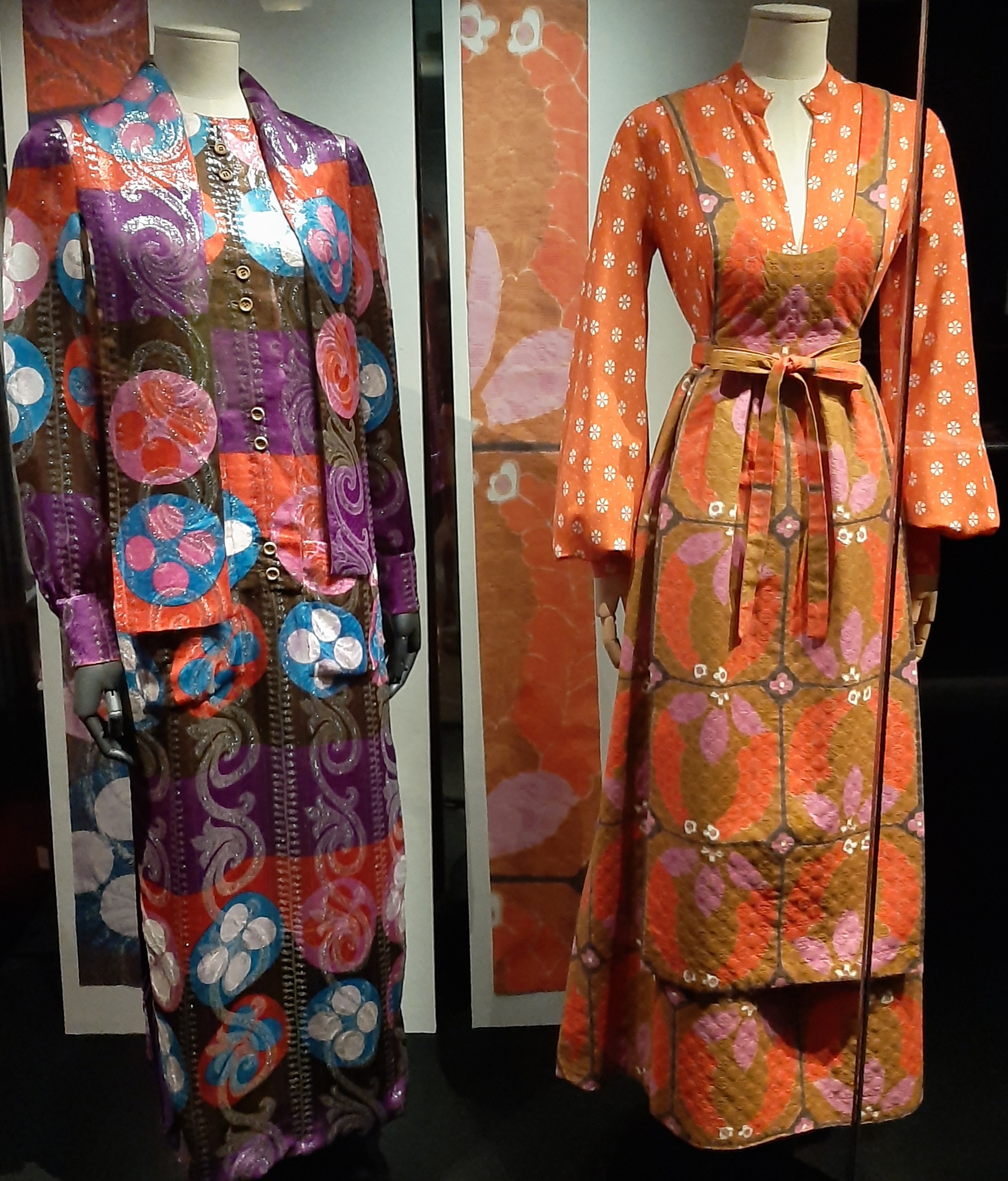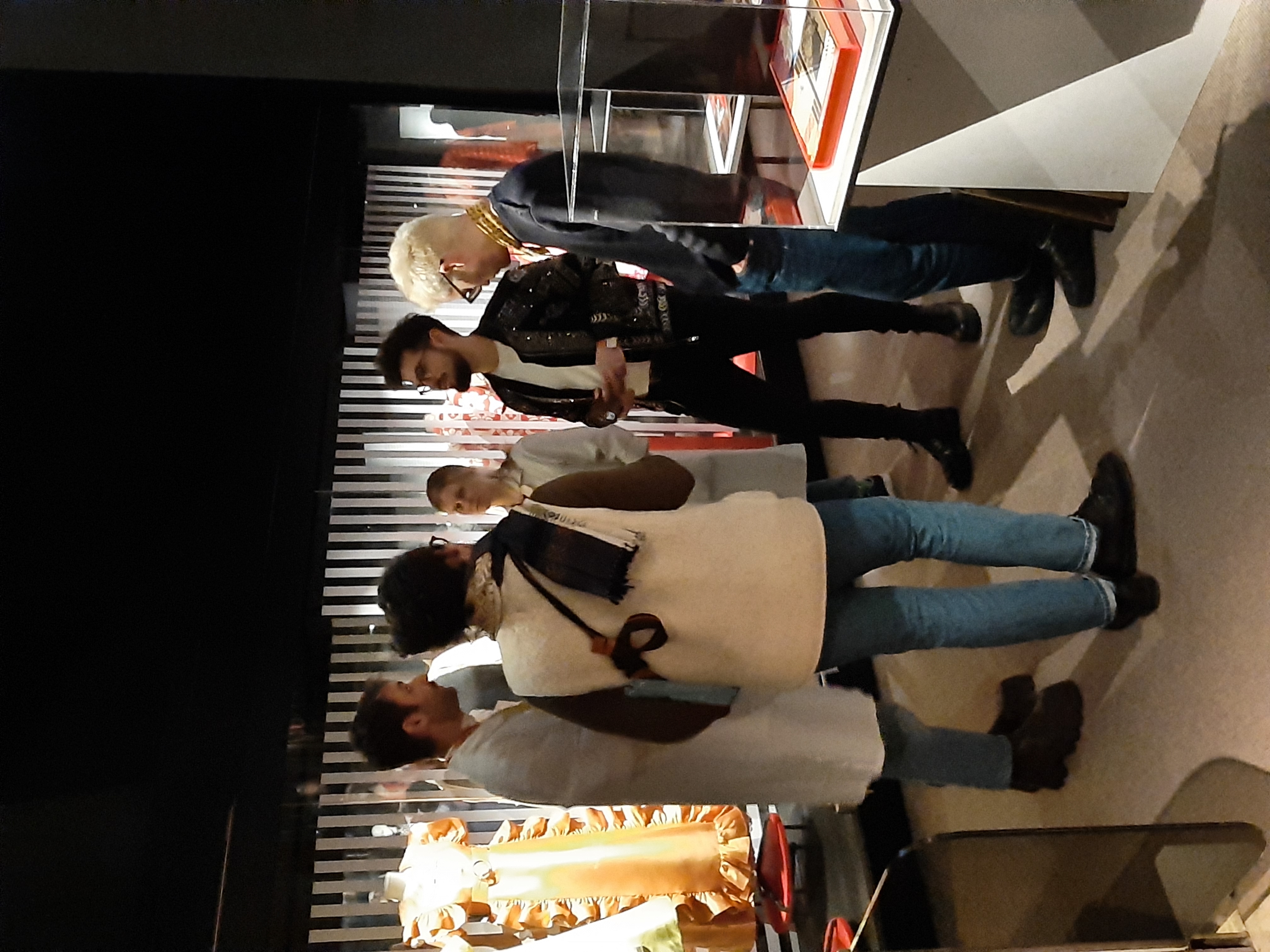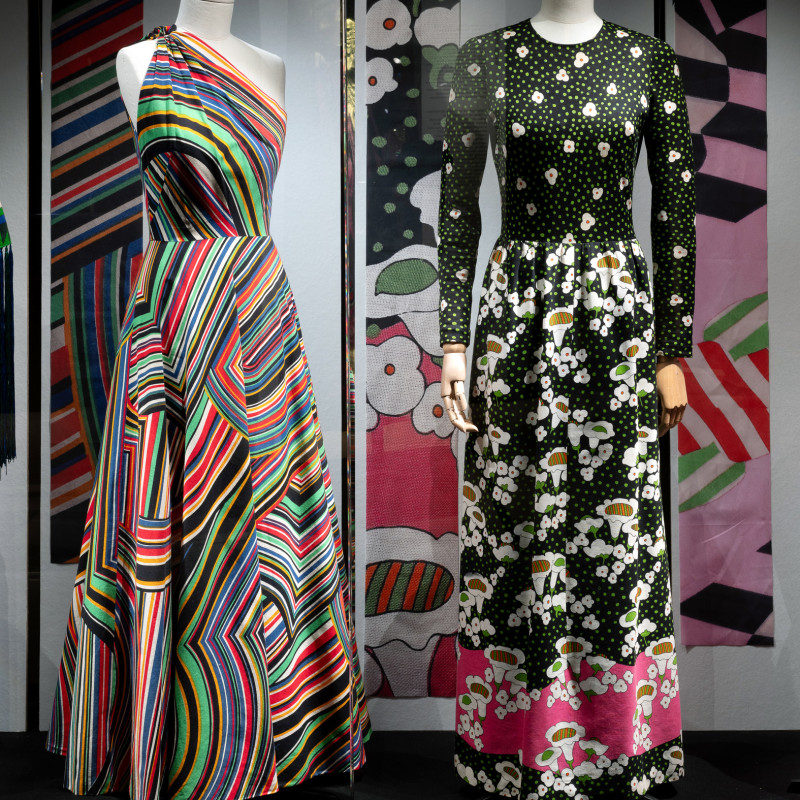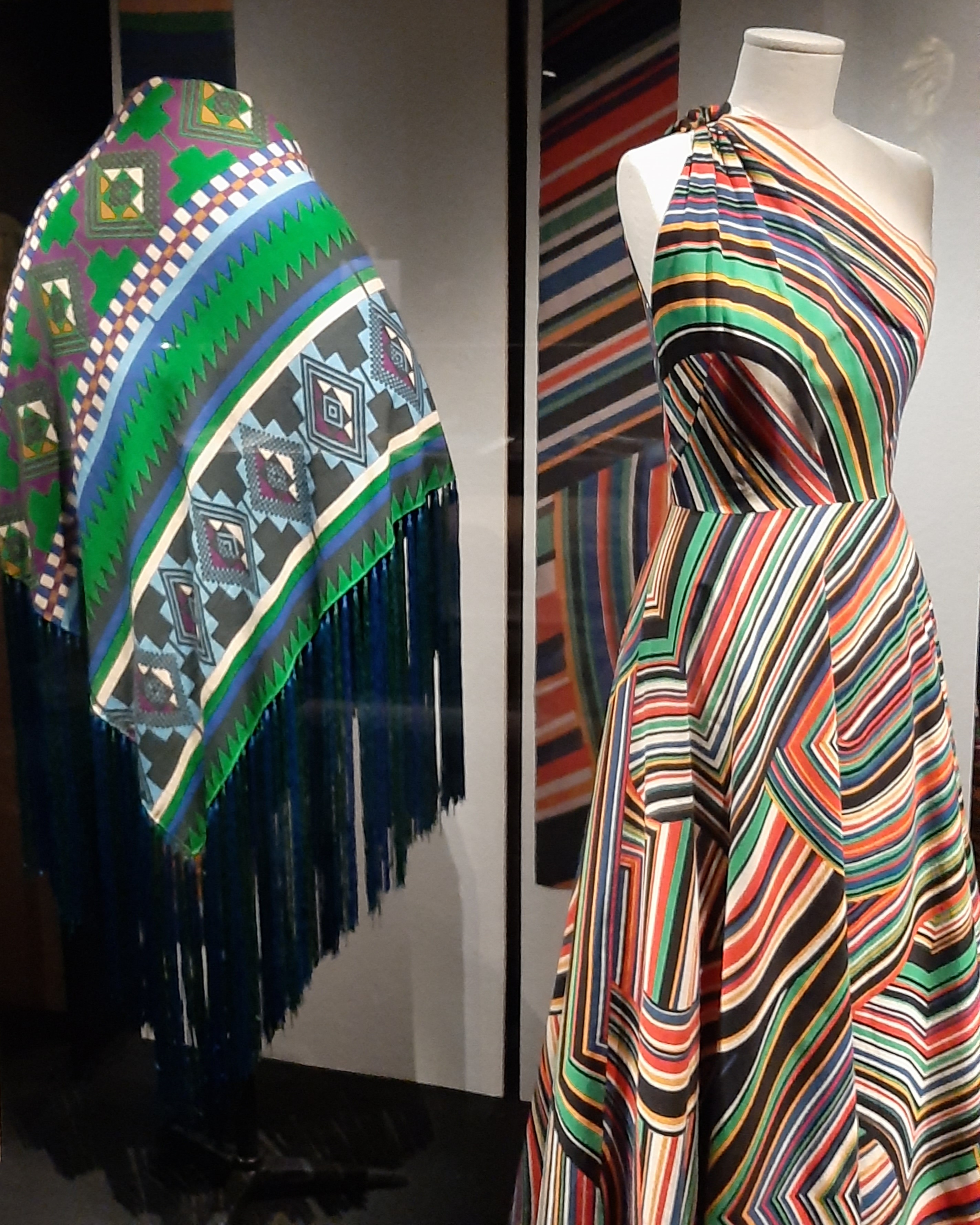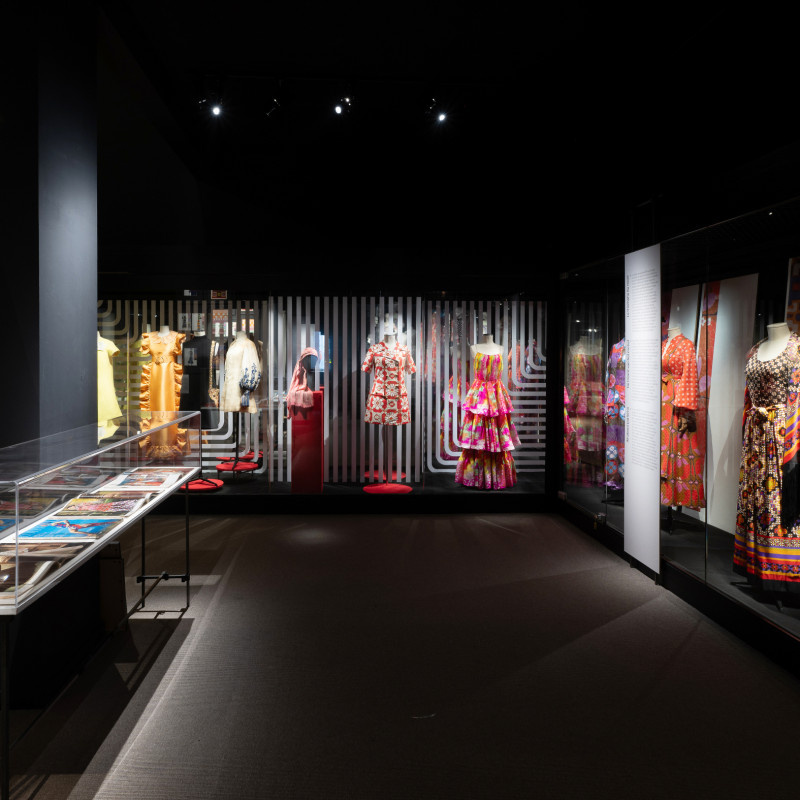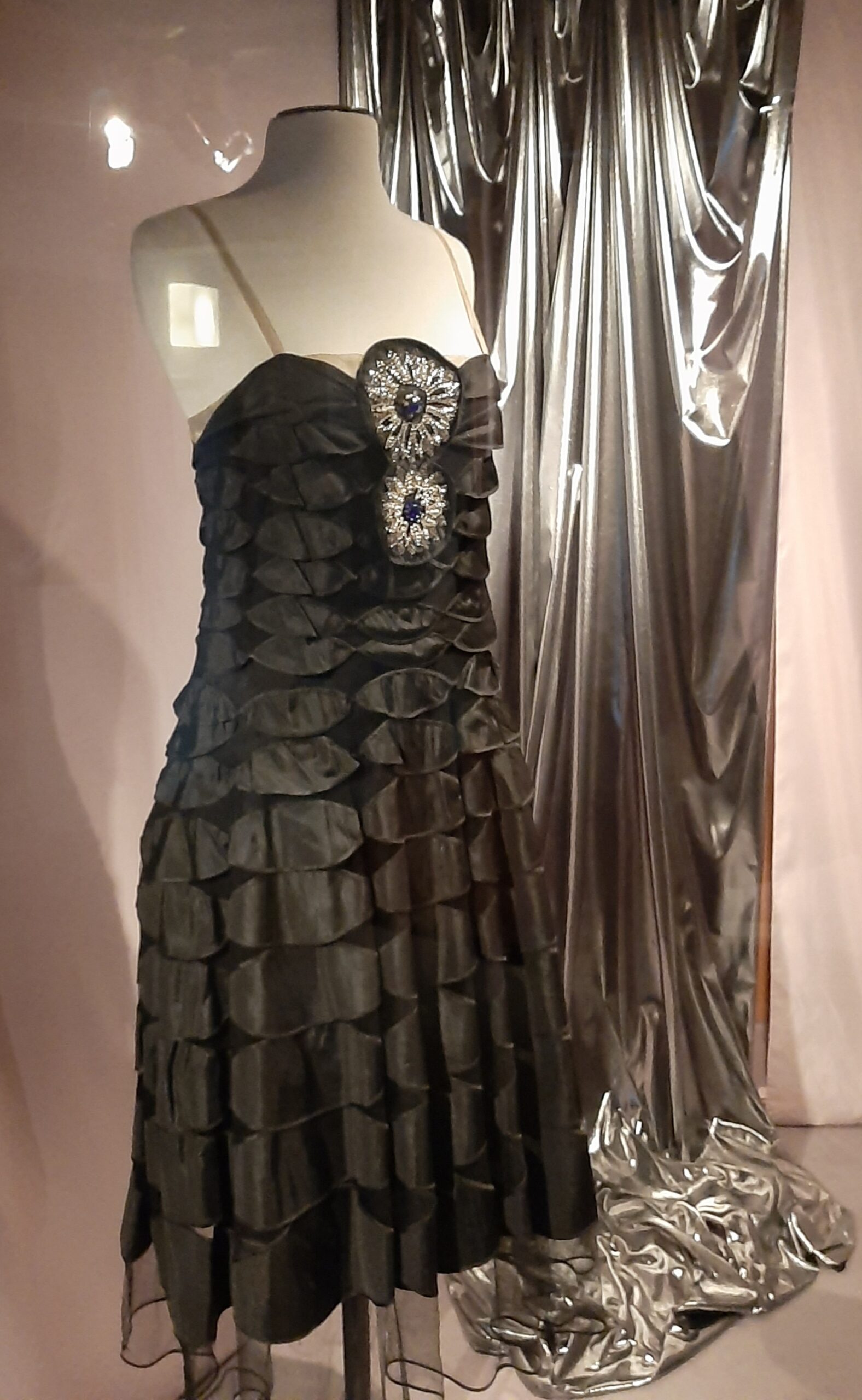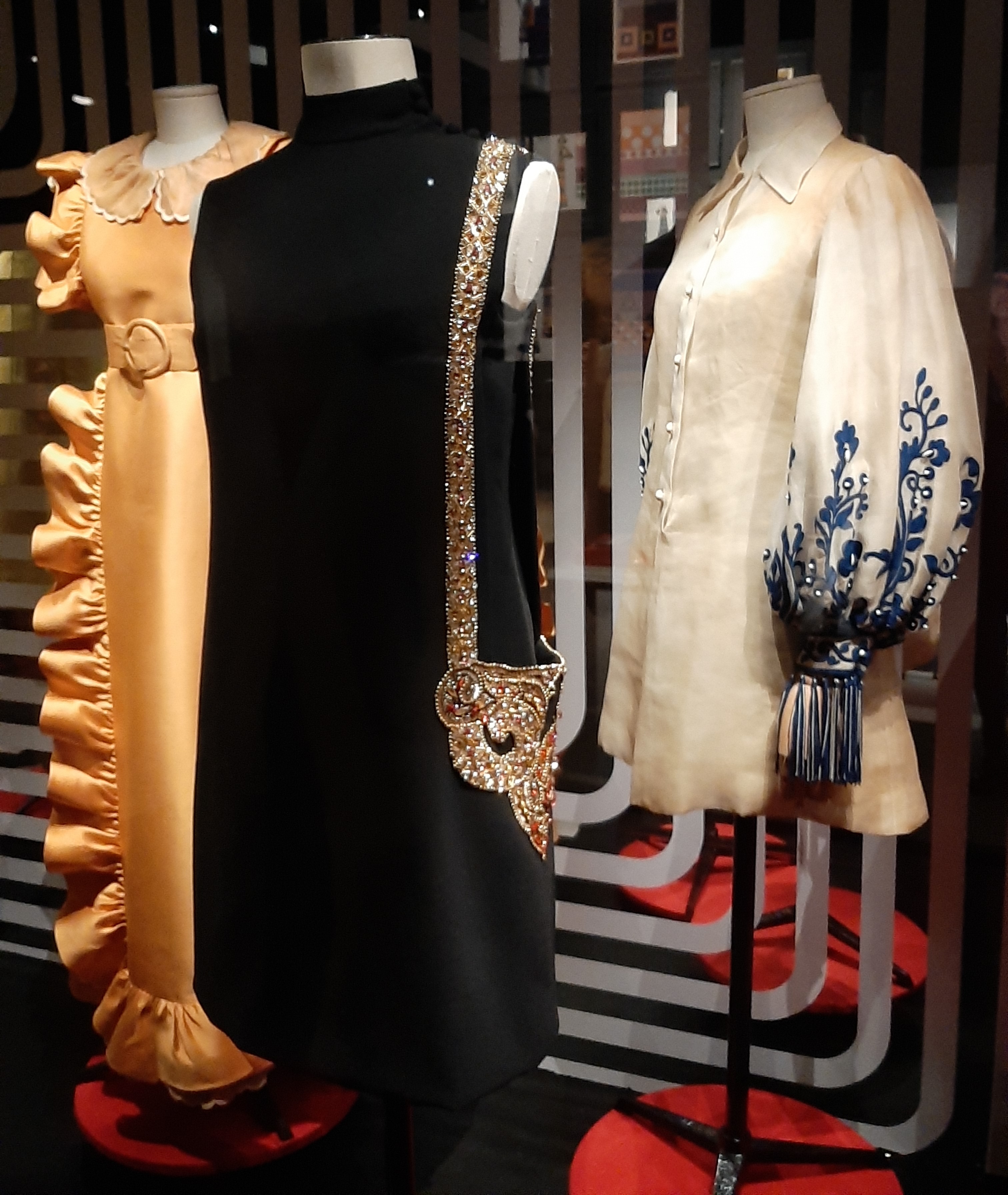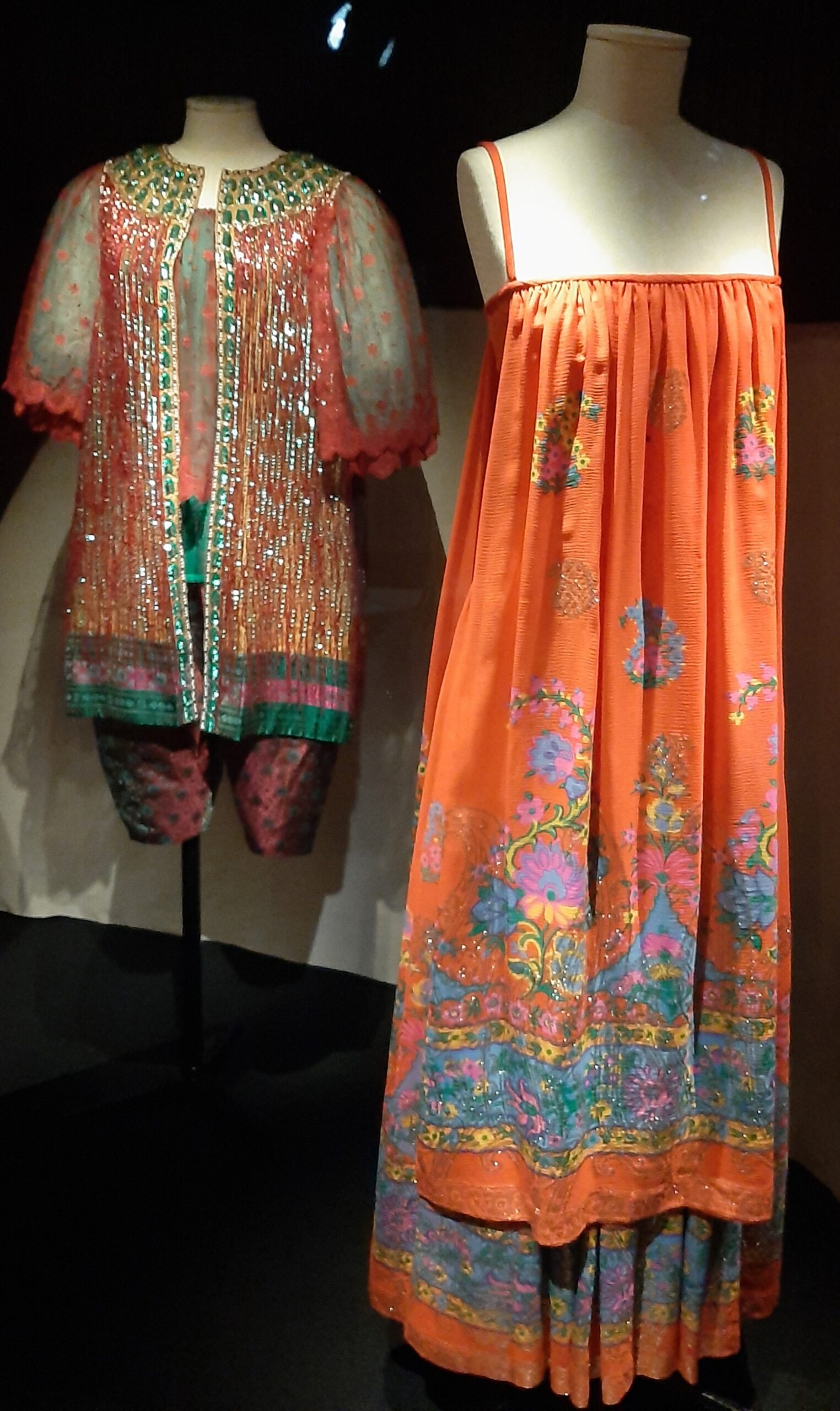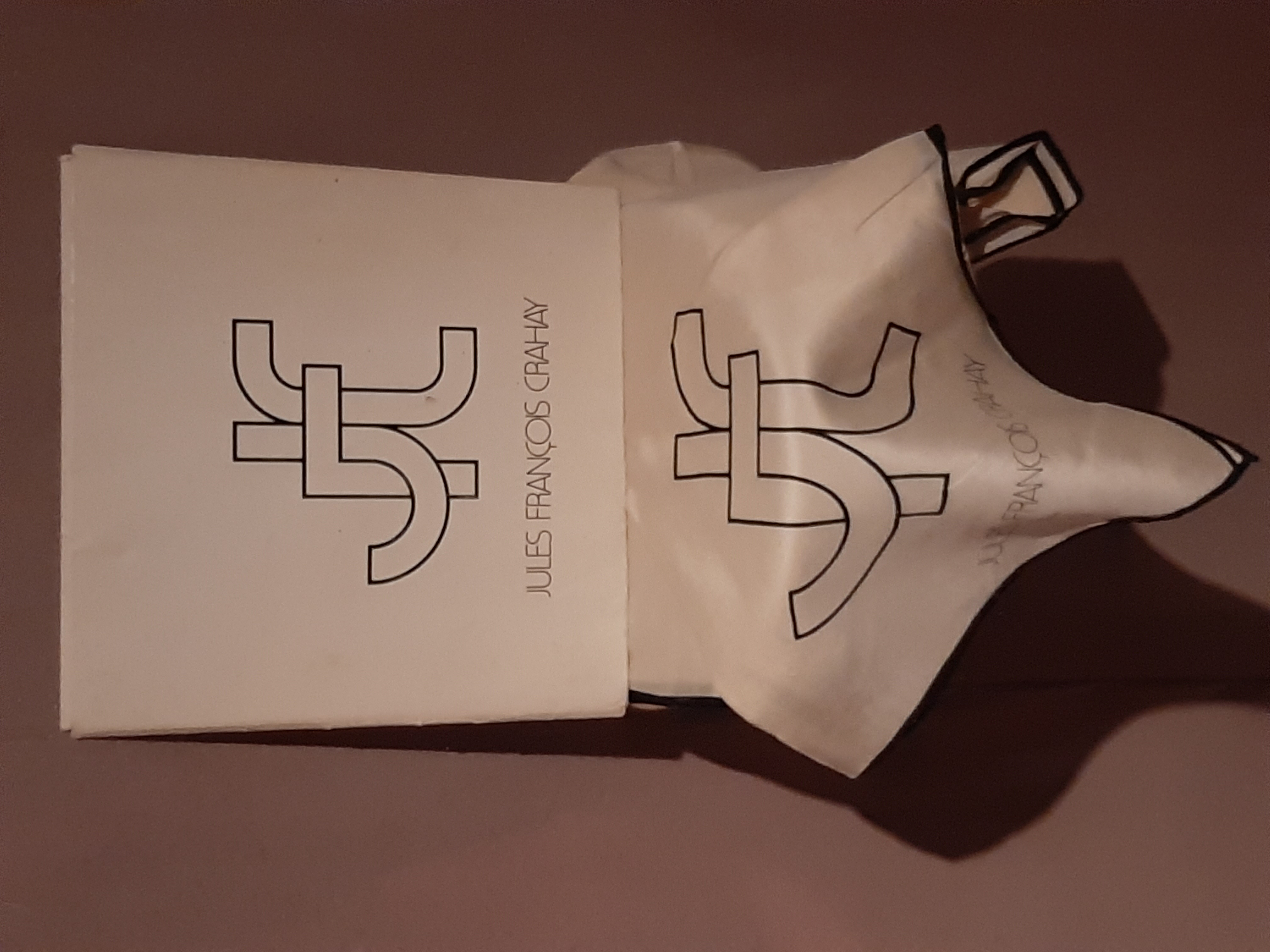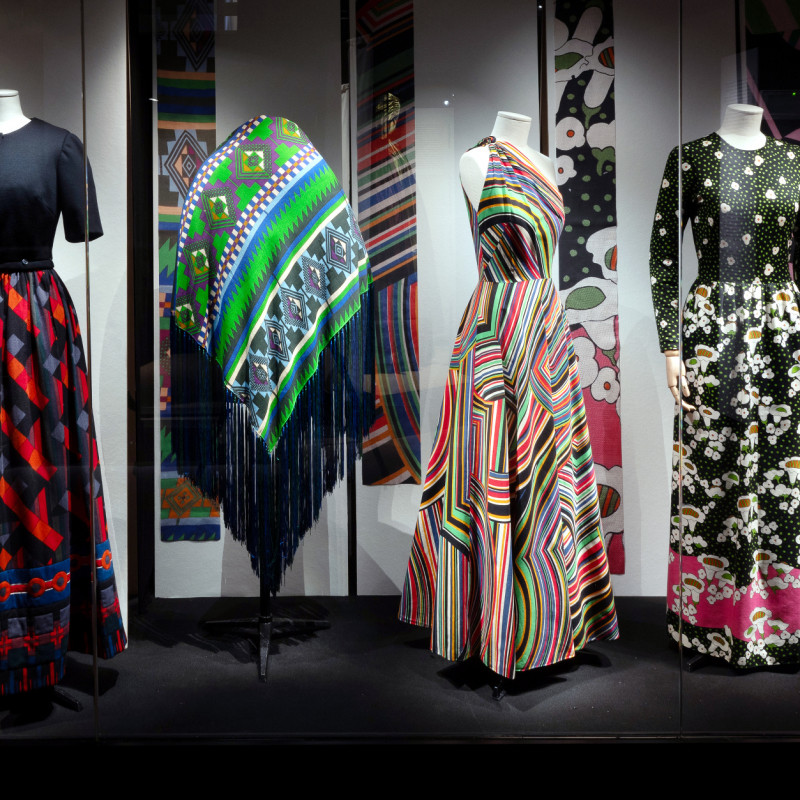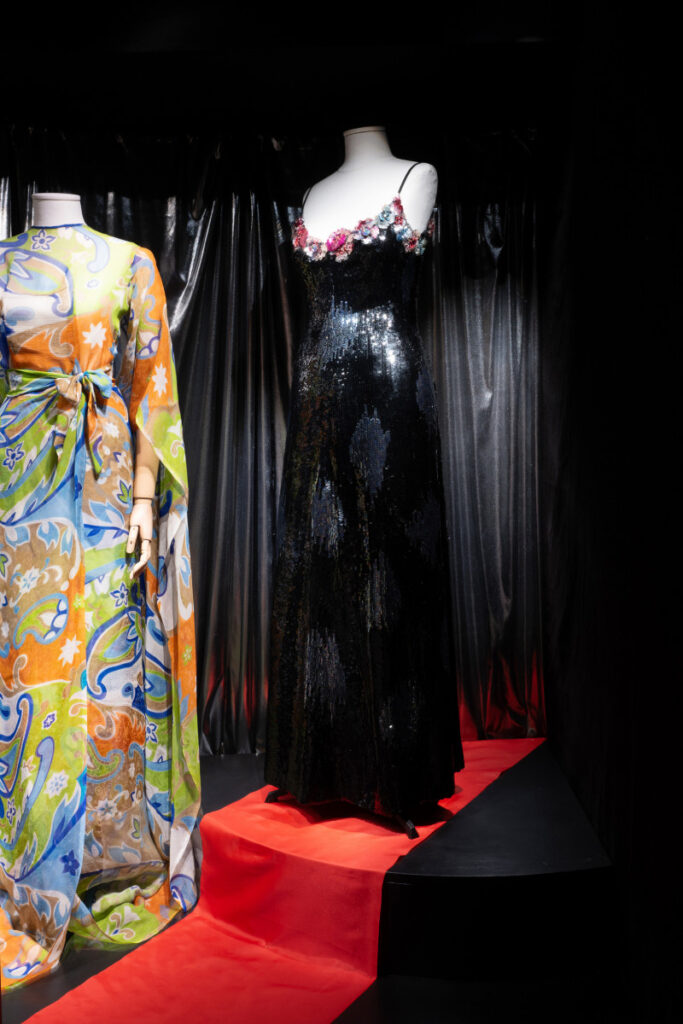The Brussels Museum of Fashion and Lace is bringing back the forgotten names of Belgian fashion designers who once gained worldwide fame. Jules François Crahay, born in Liège, served as the artistic director for two Parisian High Fashion Houses – Nina Ricci (1959-1963) and Lanvin (1964-1984) (!). His feminine, original, and refined dresses were worn by cinema stars such as Ingrid Bergman and Claudia Cardinale. The images he created adorned the covers of fashion magazines Vogue and Elle.
If not the curator Denis Laurent (pictured), who dedicated four years to meticulous work in the archives of Liège, Paris, and New York, the name of the couturier would have dissolved in the test tube of history. Major Fashion Houses often absorb the talent and biographies of the creators of models that are coveted by millions of fashion enthusiasts. “I became interested in Jules François Crahay when I accidentally saw clothing auctioned in Paris in 2018. Until that moment, the Museum of Fashion and Lace had never thoroughly studied this Belgian couturier. Soon, we realized that the museum had several of his models, including a series of extremely rare pieces from his High Fashion House in Liège.” (Denis Laurent – curator)
“A new star is rising on the Parisian fashion horizon,” wrote journalist John Fairchild in Women’s Wear Daily in 1959. A few months later Life magazine reported that models from this star were selling as well as those of the eternal trio Dior, Balenciaga, and Givenchy.
Jules François was the first Belgian to conquer Paris. Born in Liège in 1917 “with a needle in his hands” – his mother had her own fashion house. During World War II, he was mobilized and spent many months in a German prison camp. In 1945, he resumed work in his mother’s Fashion House, dressing Liège fashionistas longing for elegance. There was something in his style reminiscent of Christian Dior’s “New Look” – post-war fashion craved a feminine silhouette.
In 1950, the designer opened his own fashion house in Paris, but after two collections, he went bankrupt. The competition was financial, but talent like his couldn’t be ignored. He was noticed and took over Nina Ricci, later Lanvin.
What distinguished the designer – Jules François Crahay promoted a light, playful, and romantic style, slightly theatrical but always perfectly controlled. Although he wasn’t a couturier of radical changes and women’s manifestos, he insisted on independence and sometimes dictated fashion, enriching it with a passion for folklore and exoticism. His love for the “Ballets Russes” infected him with the “exoticism” bacillus. In his arsenal, there appeared a “gypsy” style, embracing the brightness and freedom of this nomadic nation, even in their dresses. He avoided purism and futurism but excelled in handling fabrics, colors, and motifs. This couturier, as restrained as he was in everyday life, promoted the idea of fashion as a space for pleasure and freedom.
As an illustration of the remarkable but forgotten career of Jules François Crahay, the Museum of Fashion and Lace presents its unique collection, assembled over many years. The selection of models from haute couture and ready-to-wear from this collection is complemented by exceptional exhibits from the Fashion Museum of Paris Palais Galliera, the Museum of Decorative Arts in Paris, Patrimoine Lanvin, and other state and private collections.
His creations are stunning. In each outfit, there is taste and imagination, perfect tailoring, and a love for women.
